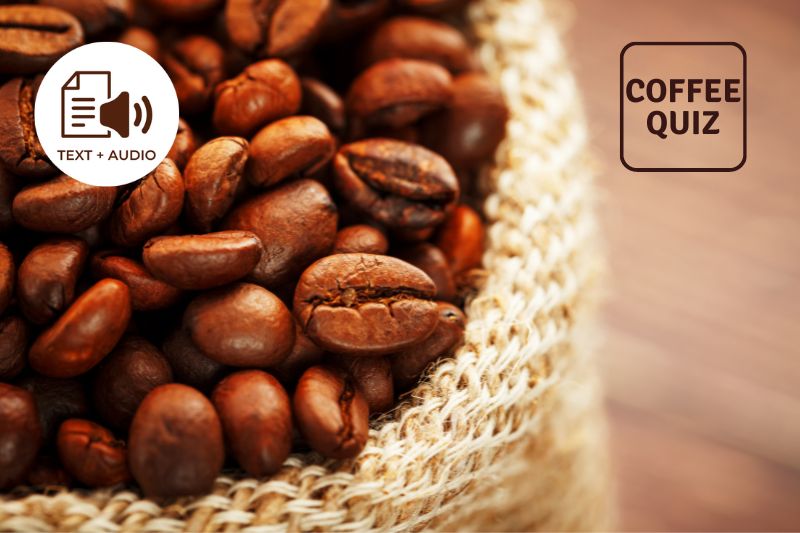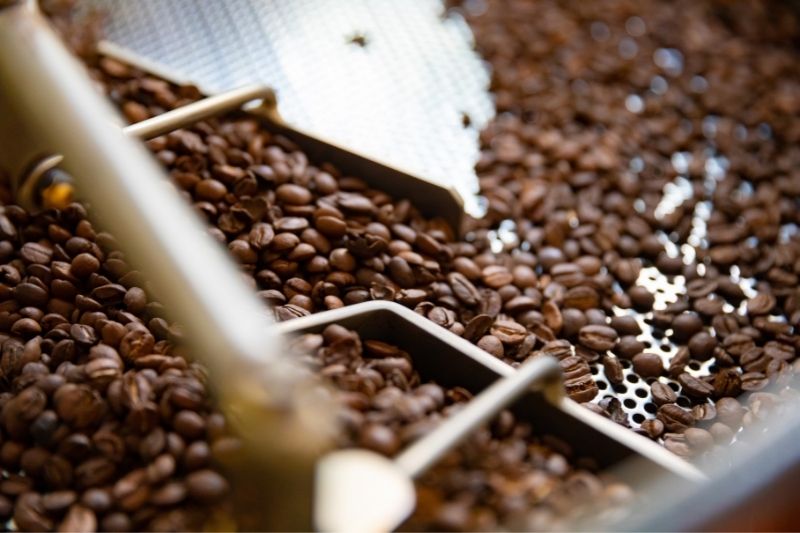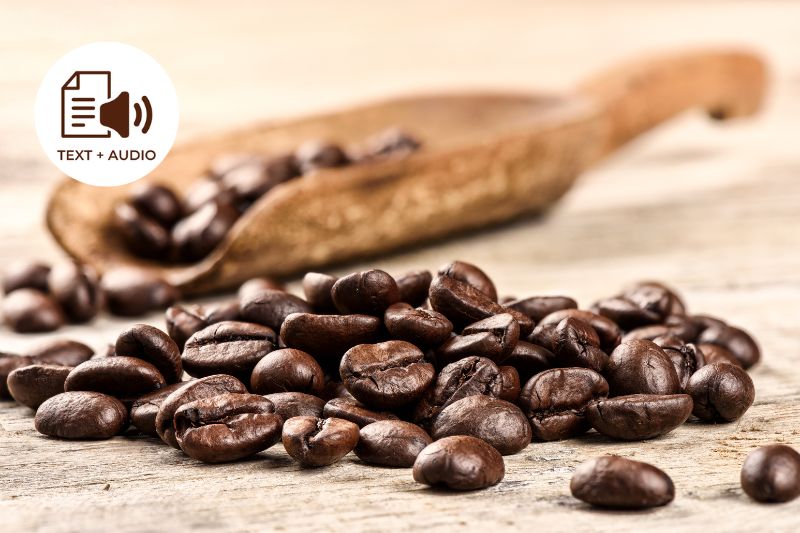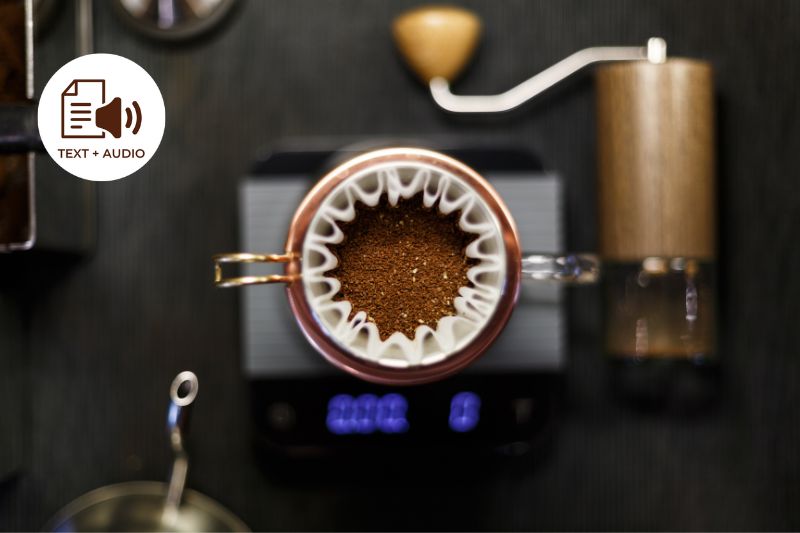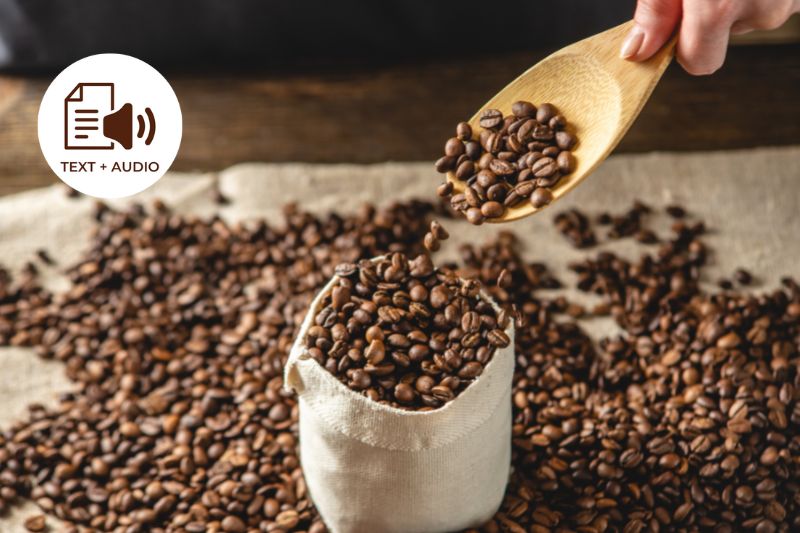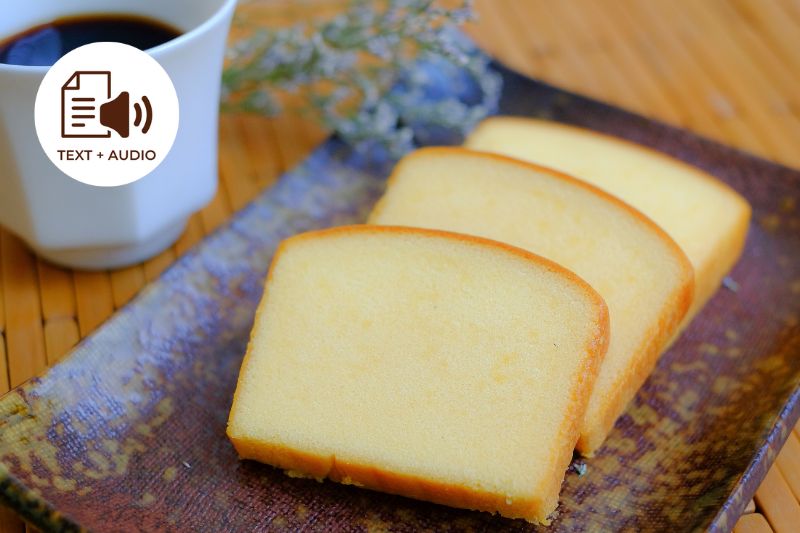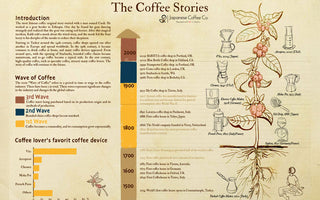Different factors like the origin of the coffee beans, the farming practices followed and the roasting techniques applied, play a major role in the final aroma and flavor you have in your cup of coffee.
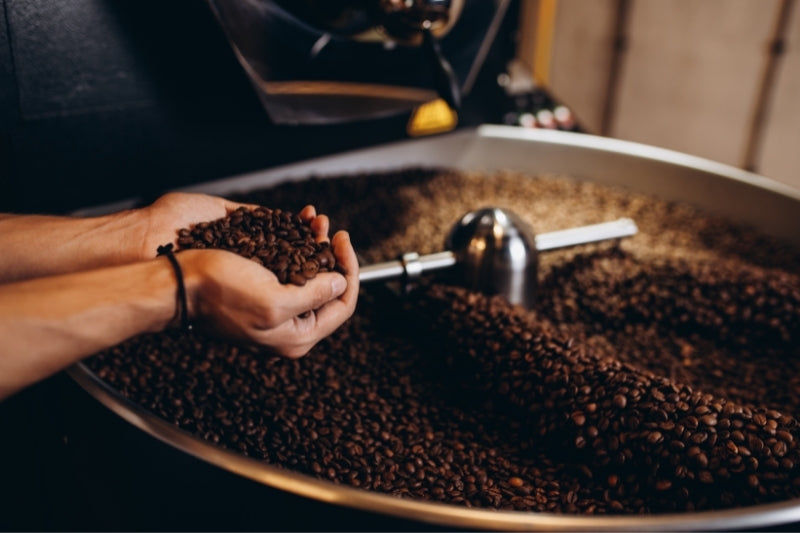
Today, we are going to talk about all the reasons why and we are sure that by the end of this article you will be looking forward to exploring and experiencing premium coffee beans!
Let’s get started!
Origin
As an agricultural product coffee gets many of its unique characteristics from its origin. Often when coffee industry professionals assess the quality of coffee one of the first questions they ask is where did the coffee grow.
But why does that matter? Can a coffee from Africa be so different from a coffee grown in South America? The answer is yes, it can! Why? Because the farm location where the coffee is grown plays a very important role.

Even two farms in the same country can yield coffee with different characteristics because one might be located at a higher altitude level or might have different weather conditions from the other one.
What is the role of climate conditions?
If you try two apples of the same variety grown in two different origins they are going to taste different. The same goes for coffee, and that’s primarily because of the climate factors that affect its characteristics.
Such factors are the soil, altitude, rainfall, temperature, and wind. In general, coffee trees need soil with good drainage, sloped land, and sunlight protection. Ideally, the climate should be tropical with frequent rainfall and temperature between 60ºF – 80ºF.
If the temperature is too hot the coffee tree will suffer and the same goes if it’s exposed to direct sunlight as it won’t develop properly and will incur damage. At the same time, if the climate conditions are too cold the coffee cherries may freeze.
This is why coffee only grows on the so-called coffee belt, a geographical strip that shows the countries with the optimal conditions for coffee trees to blossom. But even in these countries, climate conditions vary so this is why coffee beans from different origins don’t taste the same.
What is the importance of altitude in coffee?
The higher we are from the ground, the cooler the temperature gets, right? This temperature change is also another factor that has a major impact on the flavor of your coffee beans. The altitude, or elevation, at which the coffee tree is growing, is measured in meters above sea level and is responsible for the development of sugars and acids in coffee.

In general, higher altitudes mean warmer daytime temperatures which help the coffee beans develop sugars and acids and store them away at nighttime when the temperatures are cooler. At the same time, lower altitudes mean fewer sugars and acidity which might result in a less complex cup profile.
Farming Practices
So, now that you know why origin matters, it’s time to talk about farming practices and how they impact the flavor in your cup of coffee. This is where it all starts, on the farm! Sustainable farming practices, the use of good equipment, the processing method, and the coffee bean variety all play a major role.
Why does coffee bean variety matter?
You’ve probably seen the word “Arabica” come up in conversations a lot. This is why it’s the most famous and worldwide consumed coffee species. When we are talking about coffee bean varieties, we mean the subspecies of Arabica.
Take the apple again as an example, we all know there are many varieties like gala, granny smith, golden delicious, etc. All these apples taste different from each other, some are sourer and some are sweeter. The same goes for coffee.

There are thousands of coffee bean varieties in Ethiopia alone and hundreds all around the rest of the coffee belt. The farmers are the ones who choose which varieties to plant in their soil and that’s a decision based on factors like bean size, tolerance in weather conditions, how susceptible they might be to disease, and yield/quality potential.
Some varieties are Caturra, Catuaí, Bourbon, Typica, Gesha, Pacamara, etc. And as you probably guessed they all taste different from each other! For example, Geisha is famous for its floral notes, tea-like mouthfeel, and delicate acidity while the Bourbon variety is known for its sweet flavor notes.
In what ways can coffee beans be processed?
So after the farmers choose which variety to plant, eventually the time comes to harvest the coffee beans. The next stage after that is the processing, basically, the farmer needs to decide which way to remove the coffee bean from the cherry.
This also affects the flavor in your cup in more ways than you think. Also, sometimes when you buy premium coffee, you might encounter the processing method on the label. So today we will tell you what it means!
The three common processing methods:
- Washed/Wet - the farmer uses water washing to remove the seed from the pulp and then dries the beans in raised beds. There is no trace of the pulp left on the bean at this stage.
- Natural - here the beans are dried with the cherry pulp still on them, resulting in a fruitier and sweeter flavor in your cup.
- Honey - the farmers remove the skin of the cherry pulp but don’t wash away the mucilage. The farmer controls the sweetness level of the coffee bean by controlling how much mucilage is on it.
Roast Profile
Roasting coffee the right way in order to bring out the unique aroma and flavor characteristics of the coffee bean is not a simple process. Many roasters use the process of cupping to assess the quality of the coffee they have on their hands and understand which roast profile suits that coffee best.

What is cupping and why is it important?
You’ve probably heard of the phrase “wine tasting” many times, you might have even participated in one. Well, coffee cupping is the same thing only instead of wine it involves, you guessed it, coffee!
After the coffee beans have been harvested and processed, the farmers usually sell them either directly to roasters or to importers who then sell them to roasters they have a partnership with. A common way for both roasters and importers to assess the quality of the coffee beans is to roast them in small batches and then try the coffee during a cupping session.
Many a time roasters try the coffees using different roast profiles to understand which one suits that particular coffee best. It is also important for the roasters to be in close contact with the farmers and understand all the ways their coffee beans have been affected by origin and farming practices.
How do roast profile and date affect coffee flavor?
You’ve probably seen phrases like “medium roast” and “dark roast” on the labels of coffee bean packaging, but what does that mean? Well, it actually refers to the roast profile used on these particular coffee beans.
As mentioned above, after assessing the coffee beans through a cupping session, the roasters have a good idea of what practices to follow in order to use a roast profile that will enhance the characteristics of the beans.

If for example, they choose a dark roast profile on coffee beans that are naturally floral and acidic, they might hide those characteristics by making them taste more woody and ashy. That would be such a shame after all the effort the farmers have put into growing these beans, so this is why roasting plays a huge role in the flavor of your cup.
As for the roast date, ideally, that will also be on the label of your package. Actually, when it comes to coffee, fresher (like a day or two after roasting) doesn’t mean better. Coffee that has just been roasted needs to release gases, including carbon dioxide. A lot of these gases will be released around a week after the coffee has been roasted.
If you brew coffee that has just been roasted you will see a lot of air bubbles in your filter because of the degassing process. These bubbles change the way the water comes in contact with the coffee grounds and results in an unbalanced flavor and aroma.
Coffee with a roast date from a couple of weeks or even a month ago is definitely still fresh!
Single Origin or Blend?
This is where things start to get complicated! So far we have referred to many variables that can affect the aroma and flavor of the coffee in your cup when that coffee comes from a single farm in a specific country.
But what happens with blends? In contrast to single-origin beans, a coffee blend is a mix of two or more types of coffee beans that come from different origins. What’s more, they might be of different varieties and processing methods!
If beans that come from a single farm can be so complex already, what happens when you mix them with ones from a different country? Either really amazing or very bad things can happen.

The cupping process is very important to create a coffee blend because this is when the roasters try the coffees and are able to tell which ones would pair well together. It’s a complex process that can take many days and a lot of coffee drinking! But often the result is totally worth it as it creates something completely unique if done right.
Final Thoughts
Isn’t it crazy how the flavor of premium coffee can be affected by so many variables? This is what makes premium coffee so special to drink, because of all the amazing work that has been done so that you will be able to enjoy this unique flavor in your cup.
Knowing all these details can make it super fun because you can now go out there and try different types of premium coffees and see which one you like best!
Get Free Bonus Books

Sign up for free to the Coffee Club to get advice and exclusive articles about how to choose Japanese Coffee, and tips, tricks, and recipes for enjoying Japanese coffee.
About the author
Kei Nishida
Author, CEO Dream of Japan
Certification: PMP, BS in Computer Science
Education: Western Washington University
Kei Nishida is a passionate Japanese tea and coffee connoisseur, writer, and the founder and CEO of Japanese Coffee Co. and Japanese Green Tea Co., both part of Dream of Japan.
His journey began with a mission to introduce the world to the unparalleled quality of Japanese green tea. Through Japanese Green Tea Co., he established the only company that sources premium tea grown in nutrient-rich sugarcane soil—an innovation that led to multiple Global Tea Champion awards.
Building on this success and his passion for Japanese craftsmanship, Kei expanded into the world of coffee, pioneering the launch of Japanese Coffee Co., the first company to bring Sumiyaki charcoal-roasted coffee to a global audience. His dedication to authenticity and quality ensures that this traditional Japanese roasting method, once a well-kept secret, is now enjoyed worldwide.
Beyond tea and coffee, Kei has also introduced Japan’s legendary craftsmanship to the world through Japanese Knife Co., making handmade katana-style knives—crafted by a renowned katana maker—available outside Japan for the first time.
Kei’s journey continues as he seeks out and shares the hidden treasures of Japan, one cup and one blade at a time.
Learn more about Kei

